General Letter of Recommendation Template for Word
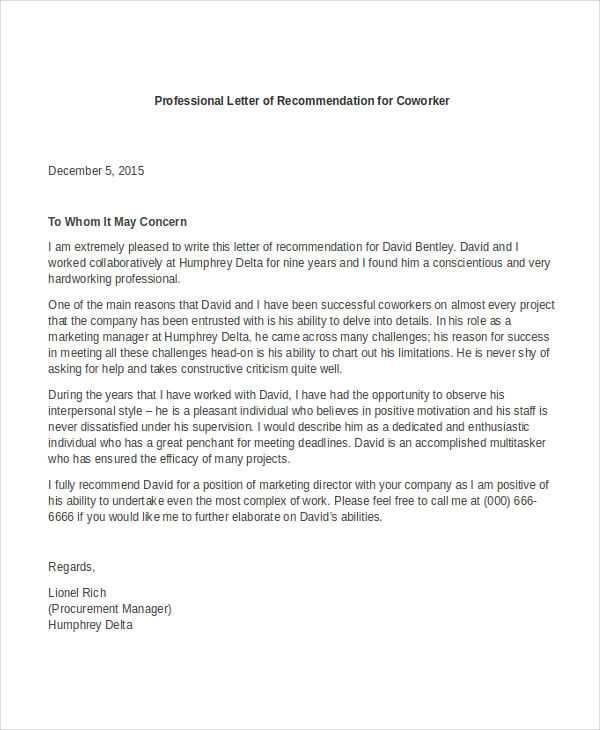
Crafting a strong recommendation can play a key role in someone’s career or academic journey. The process involves conveying specific qualities, achievements, and experiences that highlight the person’s strengths and suitability for a given role or opportunity.
Using pre-designed formats can simplify this task and ensure that important details are not overlooked. By starting with a structured approach, you can save time and focus on personalizing the content to suit the unique aspects of the individual being described.
These ready-made formats allow for easy modification, ensuring that the final product is clear, professional, and tailored to your specific needs. Whether you’re recommending someone for a job or an academic program, having a solid framework makes the writing process more efficient and effective.
How to Create a Recommendation Letter
Writing a supportive document for someone’s application requires thoughtful consideration of their strengths and qualifications. The goal is to present the individual in the best possible light, emphasizing their skills, work ethic, and accomplishments relevant to the opportunity they are seeking.
Start by introducing yourself and explaining your relationship with the person. Make sure to mention the context in which you know them, whether as a colleague, mentor, or supervisor. This establishes your credibility and provides insight into why you’re well-qualified to speak on their behalf.
Next, focus on the individual’s key attributes. Highlight specific achievements and examples that demonstrate their capabilities. This not only helps paint a clear picture but also makes your endorsement more credible. Include any relevant skills or experiences that directly relate to the position or program they are applying for.
Conclude by reaffirming your support and expressing confidence in their abilities. A strong closing reinforces the message and encourages the reader to consider the person highly. Keep the tone professional yet sincere, ensuring that the document leaves a positive and lasting impression.
Key Elements of a General Letter
When drafting a formal endorsement for someone, certain components must be included to ensure the document is both comprehensive and professional. Each section plays a crucial role in presenting the subject’s strengths and making a convincing case for their qualifications.
Typically, a well-structured document includes an introduction, body paragraphs, and a conclusion. The introduction sets the tone, the body highlights key points, and the conclusion reinforces the overall message of support. Below is a breakdown of the essential sections that should be considered when writing a formal endorsement.
| Section | Description |
|---|---|
| Introduction | Introduce yourself, explain your relationship with the individual, and state your purpose for writing the document. |
| Skills and Qualities | Provide specific examples that demonstrate the individual’s skills, work ethic, and achievements. |
| Supporting Evidence | Offer concrete instances where the person excelled in their role, showing their qualifications for the opportunity. |
| Closing Remarks | Reaffirm your confidence in the individual and offer a strong endorsement for their candidacy. |
Why Use a Word Template
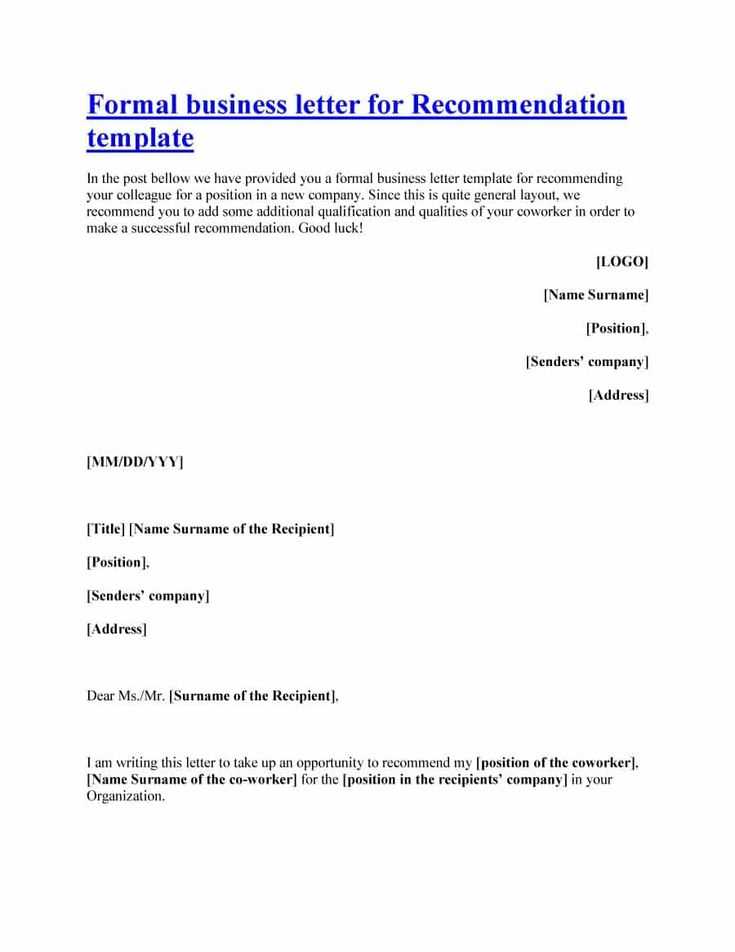
Utilizing a pre-designed structure for creating a formal endorsement offers numerous advantages. It simplifies the process, ensuring that all necessary elements are included while maintaining a professional and polished appearance. Whether you’re writing for a colleague, friend, or employee, starting with an established framework saves time and effort.
Here are some key reasons why using a structured format is beneficial:
- Efficiency: Quickly fill in relevant details without worrying about the overall layout.
- Consistency: Ensures that each document follows a clear, uniform structure.
- Professionalism: Helps maintain a high standard by guiding you through all the important sections.
- Customization: Allows for easy adjustments to meet specific needs while retaining a cohesive format.
Incorporating these predefined structures reduces the chances of missing important information and helps deliver a strong, effective message to the recipient.
Benefits of Using Templates for Letters
Using pre-formatted structures for creating formal documents offers several advantages, particularly when crafting communications that require consistency and professionalism. These structured layouts streamline the writing process, making it easier to produce polished, effective messages with minimal effort.
One major benefit is the time saved by not having to design the layout from scratch. Instead of focusing on formatting, you can devote your attention to personalizing the content, ensuring the message aligns with the individual’s qualifications and the specific opportunity they are seeking.
Another key advantage is consistency. A well-organized format helps maintain a uniform appearance across multiple documents, ensuring that each one adheres to the same professional standard. This consistency is especially important when writing on behalf of others, as it presents a coherent, trustworthy image.
Customizing Your Recommendation Letter
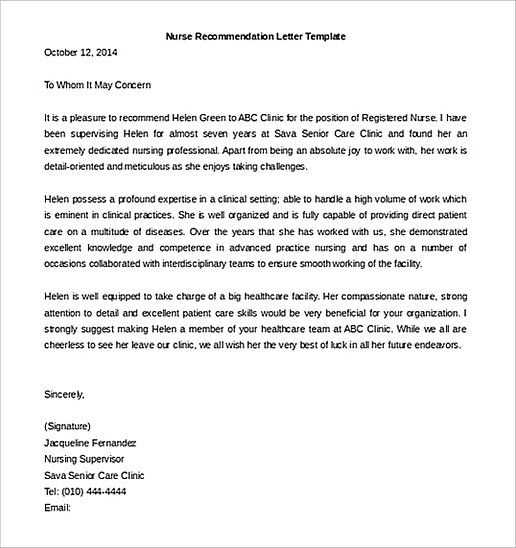
When creating a formal endorsement, it’s important to tailor the content to reflect the unique qualities and achievements of the individual being recommended. A personalized message makes the endorsement more credible and impactful, ensuring that the recipient receives a true representation of the person’s strengths.
Highlight Relevant Skills and Achievements
Start by focusing on the specific qualities that make the person stand out. Whether it’s their leadership abilities, technical expertise, or strong work ethic, highlighting these traits with concrete examples will make the endorsement more compelling. For instance, instead of simply stating that someone is “reliable,” mention how their punctuality and consistency contributed to the success of a project.
Adjust for the Intended Purpose
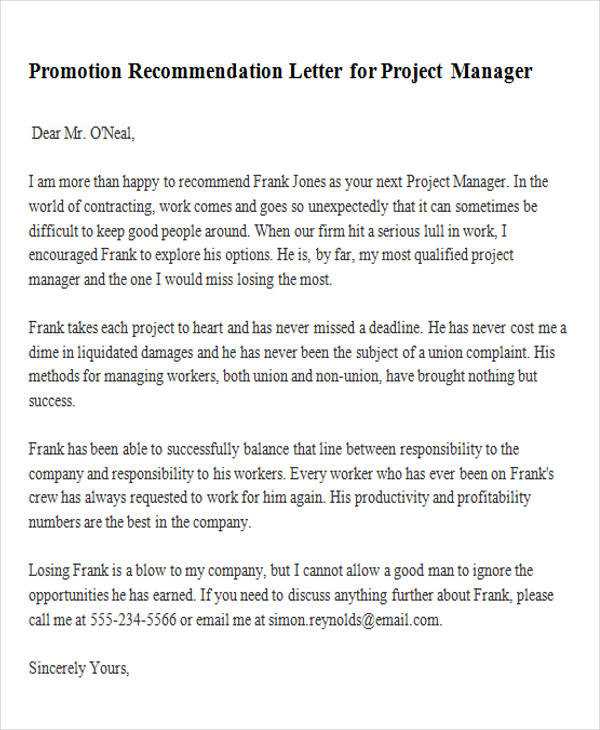
Different opportunities may require different focuses. If the individual is applying for a job, emphasize their professional accomplishments and how they would fit into the role. If they’re applying for a scholarship, focus on their academic achievements and personal growth. Adjusting the tone and content of the endorsement ensures that it’s relevant to the specific goal the person is trying to achieve.
Adjusting Templates for Specific Needs
When creating a formal endorsement, it’s essential to adjust the structure to match the requirements of the recipient or purpose. This ensures that the document remains relevant and impactful, effectively addressing the specific qualities and skills needed for the intended opportunity.
Tailoring Content for Different Roles
If the individual is seeking a position in a technical field, the endorsement should emphasize their expertise in that area. Highlighting problem-solving skills, technical achievements, and specific tools they have mastered will make the endorsement more applicable. For roles that require leadership, focus on their management abilities, team-building experience, and success in guiding others to achieve goals.
Adapting the Tone for Different Contexts
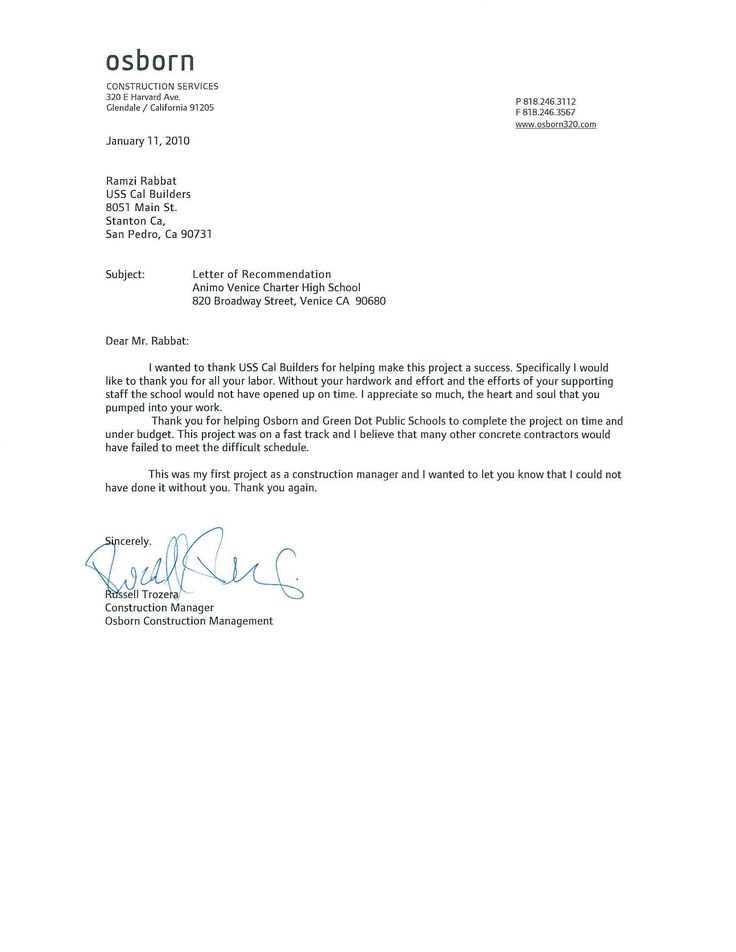
The tone of the document should also be adjusted based on the situation. A more formal and professional tone may be appropriate for job applications, while a slightly more personal and heartfelt tone may be suitable for academic or volunteer-related opportunities. By aligning the tone with the context, the endorsement will resonate more effectively with the reader.